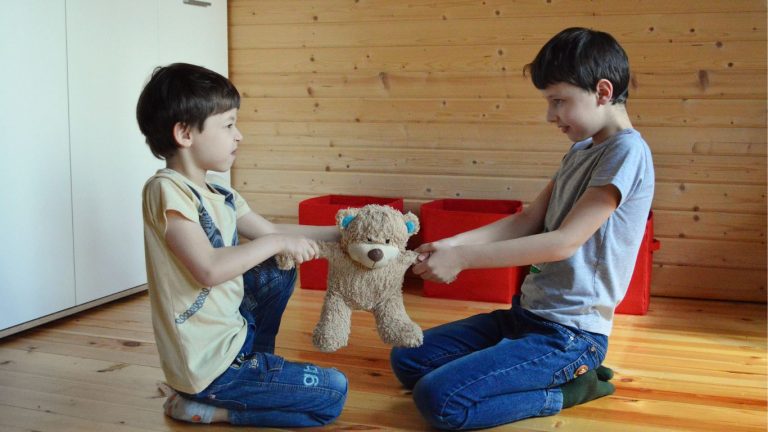Teen car crashes have decreased dramatically since New Zealand implemented the graduated driver’s license system in 1987. Unfortunately, car crashes are still the number one cause of death for teens aged 15-19 in New Zealand. Teaching your teen to drive – and how to do it safely – is every parent’s responsibility. And while it can be a daunting task, implementing a structured plan will help reduce your anxiety and ensure your teen is an educated, prepared driver.
1. Know the Road Rules
Before your teen can actually take to the road, he or she must demonstrate an understanding of New Zealand’s road rules.
Your soon-to-be teen driver must pass a 35 question road rules multiple-choice test. In order to prepare for the test, be sure your teen reviews the road code manual. Prior to taking the test, encourage your teen to take an online practice test to ensure he or she has a thorough understanding of items that are likely to be covered on the exam. Sites like TheoryTest.co.nz offer free practice tests, that reflect actual questions included on current versions of the New Zealand Road Code test.
2. Get Familiar with the Vehicle
As long-time drivers, we often forget seemingly mundane vehicle operation techniques and practices. It’s important to teach your teen about every aspect of operating and maintaining a vehicle.
Things your teen should know:
• Location of ignition, accelerator, brakes, parking brake, turn signal, windshield wiper control, cruise control, headlight control, and interior light buttons.
• Location of indicators that may light up on dashboard, and what these indicators mean.
• How to turn the engine on and off.
• How to turn headlights off and on.
• How to adjust windshield wipers.
• How to properly fasten and adjust seat belt.
• How to fuel vehicle.
• How to check tire pressure, and inflate when necessary.
• How to change a flat tire.
3. Learn Basic Driving Skills
After your teen is comfortable with operating the vehicle, be sure to teach them how to make the car do what he or she wants it to do.
The best place to train your teen driver is an empty parking lot, and some of the skills you teach should include:
• Shifting into park, reverse, neutral and drive; or how to shift gears if the teen is driving a vehicle with a manual transmission.
• How to start and stop the vehicle smoothly and safely.
• Making right and left turns smoothly, using the turn signal.
• How to back-up the vehicle: left, right and straight.
• How to merge into a driving or turn lane.
4. Practise Parking
Driving is one of the most exciting – and sometimes dangerous – parts of the learning process. But learning how to park, is also important.
It’s best to teach your teen how to park in either an empty parking lot, or a quiet residential street. You should teach your teen how to:
• Accurately parallel park.
• Park safely on a hill – both facing uphill and downhill.
• Safely pull into 90-degree and diagonal parking spaces.
• Safely emerge from a parking spot.
5. Master Weather-Related Driving Practices
Your teen will have to drive with you or another fully-licensed driver for several months, but you want to be sure he or she is well-prepared for all types of weather conditions.
Some important tips include:
• Do not use cruise control on wet, icy or snowy roads.
• Decrease speed and leave plenty of room to stop. There should be a minimum of three car lengths between your teen and the driver in front of him or her.
• Brake gently to avoid skidding.
• Don’t use bright lights in foggy conditions.
• Be especially careful on bridges and overpasses, as they freeze more quickly than other roadways.
6. Learn What to do if a Car Crash Occurs
Hopefully your teen will be a safe, well-prepared driver. But you must prepare your teen in case an accident occurs. Remember, it’s hard to think clearly after an accident, so it’s very important for your teen to know exactly what to do.
Go over the following checklist with your teen, and keep a printed copy in the car, so he or she can refer to it in the event an accident occurs:
• Stay calm.
• Evaluate yourself and the passengers in your car to determine whether or not you need medical attention.
• If medical attention is needed, call 111.
• Discuss the accident only with police.
• Ask any witnesses to give a statement to the police, to describe what happened.
• Write down auto insurance information for all other drivers involved in the crash.
Learning to drive is one of the most exciting phases of a teen’s life. You can make the experience fun and safe by implementing a few important strategies!
This post was sponsored by www.theorytest.co.nz





